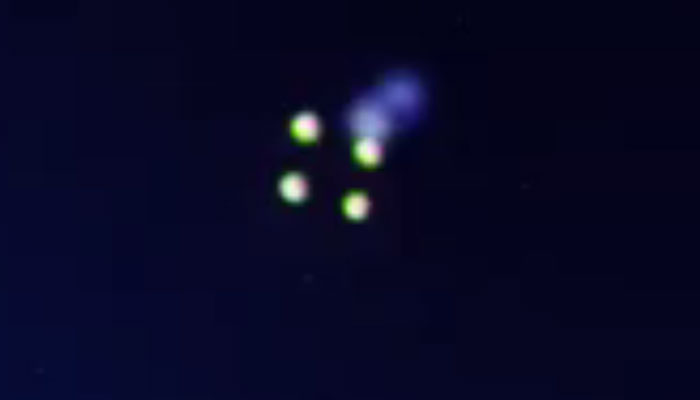TRENDING TAGS :
Dance of the Titans: When Star Systems Collide
Witness the awe-inspiring phenomenon of colliding star systems! Unravel the science behind these cosmic encounters and their potential for creating new wonders.
The vast expanse of space may seem like an endless void, but within it lies a dynamic ballet of celestial bodies. Stars, the burning furnaces that illuminate our universe, are not always solitary giants. Many exist in intricate gravitational partnerships as binary star systems, orbiting a common center of mass. In some extraordinary instances, these binary systems embark on a spectacular and dramatic collision course.
When two star systems collide, a celestial dance of immense proportions unfolds. The immense gravitational forces at play distort the stars' shapes and pull on their outer layers. This gravitational interaction can trigger a cascade of events, leading to a variety of fascinating outcomes.
For binary star systems with similar masses, the collision can result in the formation of a single, rapidly spinning star. This newly formed star may eventually settle into a stable configuration, continuing to burn for billions of years. In other scenarios, the collision may lead to the creation of a binary system with a completely different configuration, perhaps with one star significantly larger than the other.
The most dramatic consequences arise when a star system encounters a compact object like a neutron star or a black hole. These incredibly dense objects exert a phenomenal gravitational pull. As a star approaches a neutron star or black hole, its outer layers are ripped away, feeding the compact object and potentially forming an accretion disk – a swirling vortex of superheated gas and dust.
These collisions can also trigger the formation of powerful jets of particles ejected at near light speed. Additionally, the immense gravitational forces involved in such encounters can generate ripples in the fabric of spacetime known as gravitational waves. These waves, though incredibly faint, can be detected by sophisticated instruments on Earth, providing valuable insights into the violent events occurring in the cosmos.
The consequences of colliding star systems extend far beyond the immediate participants. The intense energy released during the collision can trigger the formation of new stars and planetary systems. The shockwaves can compress interstellar gas clouds, igniting star formation within them. Additionally, the debris ejected from the collision may contain the building blocks of life, potentially seeding distant parts of the galaxy with the ingredients for life's emergence.
Studying colliding star systems offers invaluable insights into the evolution of galaxies, the formation of new stellar objects, and the potential for life beyond our solar system. Through cutting-edge telescopes and gravitational wave detectors, scientists are constantly learning more about these cosmic encounters, unveiling the secrets hidden within this celestial dance of the titans.



